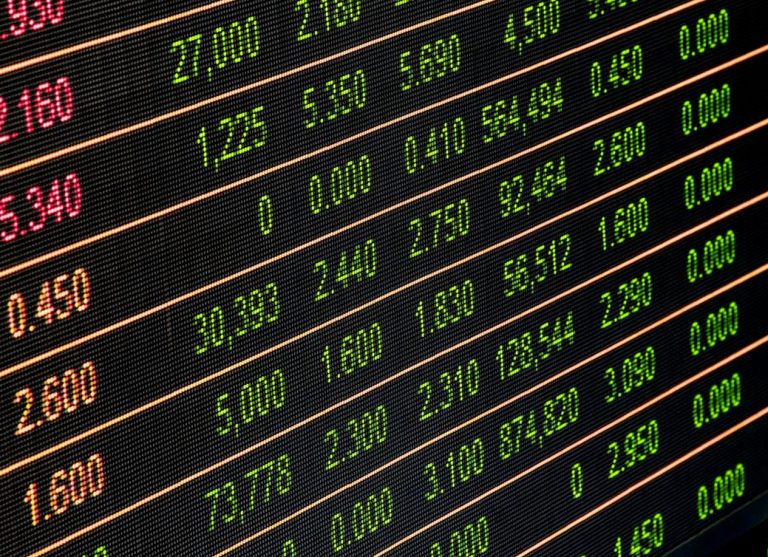
Morning Brief – Much-awaited May
Almost all central banks have now begun their policy normalisation cycle. The ultra-low yield group most notably including the Eurozone and Japan would have something to say and argue about this, but by and large respective central banks have either signposted their tightening cycle or the market has begun to do it for them. However for many banks including the Bank of England and the Federal Reserve, a data-led approach and an initial delay have left the central banks behind the curve. In turn many of these central banks (those named so far included) have pinned significant emphasis on the May meetings to really define their rate expectations. When the BoE meets on Thursday and key data in the US is released on Friday, you can expect heavy trading activity and significant volatility.
It has been a while since a suspected trading error had occurred in the foreign exchange market directly and has been significant enough to dramatically upset market valuations. The FX market is arguably the most liquid of all financial markets helping limit the market impact of oversized or otherwise erroneous trades beyond the individual’s own position. Such events do still occur however largely during less liquid trading hours (outside of London’s 8:30-4:30 core market) and in less heavily traded currency pairs. The last confirmed flash crash for erroneous trading action that I recall emanating from the FX market directly was in 2019 in the Japanese Yen.
Over the weekend Citi bank has confirmed one of its traders was behind the flash crash in European stocks on Monday. Scandinavian stocks were hit the hardest with the Swedish benchmark OMX 30 off 7.9% in a matter of minutes. The severe sell-off in this market quickly spread to other European exchanges with many stock indices heavily down within minutes of the event in Swedish equities. Risk conditions have been extremely volatile recently so when the market started falling seemingly uncontrollably, tumbling prices were immediately compounded by further selling to limit exposures. Citi did not provide further reason or explanation for the crash other than the admission of error. At one point, the sell-off in equities wiped €300bn Euros from the total capitalisation of European stocks.
Discussion and Analysis by Charles Porter

Click Here to Subscribe to the SGM-FX Newsletter
Related Insights

Daily Brief – Suspended animation
Suspended animation Earlier this week, headlines seemed to hold all the makings of a bout of fresh volatility. So far, that volatility has failed to materialise, despite continued fundamental pressures largely political in nature. We have highlighted how a political vacuum in France is likely to raise perceived regional risk within one of Europe’s foremost […]

Daily Brief – Mixed signals
Mixed signals It was not long ago that many investment banks were warning clients of the risk of a slowdown in US equities. Having performed exceptionally well in the aftermath of the pause to Trump’s liberation day tariffs, many market participants warned of the inability of equity values to continue to enable price gains. Volatility […]

Daily Brief – Powell’s pivot?
Powell’s pivot? With US stock indices hitting record highs on Friday, it is perhaps unsurprising that the market took a breather during the UK bank holiday yesterday. Light trading volumes during European hours, particularly within FX, created a steady start to the trading week. However, it was the turn of US equities to deliver some […]



 Charles Porter
Charles Porter